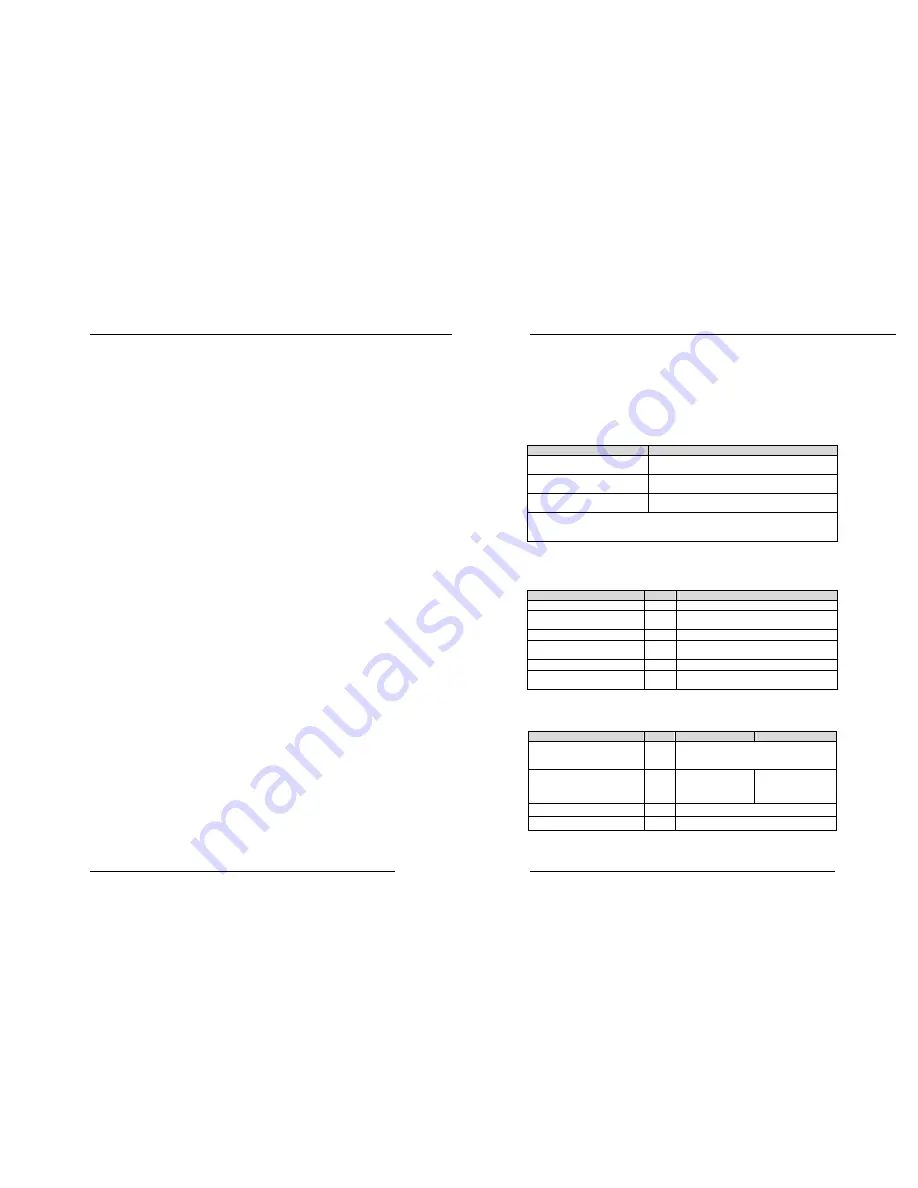
NS3000 Series User Manual
Chapter 7 Maintenance
This chapter introduces UPS maintenance, including the maintenance instructions of power module,
monitoring bypass module and the change method of dust filter.
7.1 Instruction of Maintenance Operation
7.1.1 Precautions
1.
Only maintaining engineers can do this job.
2.
In principle, the broken elements should be disassembled from top to bottom, so as to prevent any
inclination from high gravity centre of the cabinet.
3.
To ensure the safety before maintaining power module and bypass module, be sure to use a
multimeter to measure the DC bus capacitor voltage and ensure the voltage is below 60V before
operation, and use a multimeter to measure the voltage between operating parts and the earth to
ensure the voltage is lower than hazardous voltage, i.e. DC voltage is lower than 60Vdc, and AC
maximum Voltage is lower than 42.4Vac.
4.
Only after 10 minutes removing the power components and bypass components, the maintenance
can be carried out.
7.1.2 Instruction to Bypass Module
Suppose UPS were in normal mode, and the bypass were normal:
1.
Select manual switch of bypass in LCD screen, the UPS power will be supplied by bypass.
2.
Close maintenance bypass switch, the UPS power will be supplied by maintenance bypass.
3.
Open UPS output switch and input switch.
4.
Open external battery switch and internal battery switch.
5.
Take the door sheet of UPS off, remove and repair the damage components,
6.
Reinstall the corresponding components in the cabinet after maintenance, reinstall the internal door
sheet, and complete connection of the flat cables at the front of the internal door.
7.
Close the bypass switch of UPS and switch the rotary switch to UPS output.
After 5 seconds, the indicator light of the operating control display panel works, which shows the
power is normally supply by the bypass.
8.
Open maintenance bypass switch and close mains input switch, the inverter automatically starts,
and UPS operates in the normal mode after 60 seconds.
9.
Close external battery switch or internal battery switch, the battery light on the panel turns off,
which show connection with the battery; inspect the battery voltage is normal or not which is shown
on the panel.
NS3000 Series User Manual
Chapter 8 Product Specification
This chapter describes the product specification of UPS
8.1 Applicable Standards
UPS design meets the European and national standards given in Table 8-1.
Item
Normative reference
General safety requirements for UPS
used in operator access areas
EN50091-1-1/IEC62040-1-1/AS 62040-1:2009
Electromagnetic compatibility (EMC)
requirements for UPS
EN50091-2/IEC62040-2/AS 62040-2
Method of specifying the performance
and test requirements of UPS
EN50091-3/IEC62040-3/AS 62040-3(VFI SS 111)
Note: The above mentioned product standards incorporate relevant compliance clauses with generic IEC
and EN standards for safety (IEC/EN/AS60950), electromagnetic emission and immunity (IEC/EN/
AS61000 series) and construction (IEC/EN/AS60146 series and 60950)
8.2 Environmental Characteristics
Table 8-2
Items
Unit
Requirements
Acoustic noise level at 1 meter
dB
55
Altitude of Operation
m
≤
1000m above sea level, derate power by 1% per
100m between 1000m and 2000m
Relative Humidity
%
RH
0 to 95% non condensing
Operating Temperature
°C
0 to 40 deg , Battery life is halved for every 10°C
increase above 20°C
UPS Storage-Transport Temperature
°C
-
20 +70°C
Recommended Battery Storage
Temperature
°C
-
20 +30 (20°C for optimum battery storage)
8.3 Mechanical Characteristics
Table 8-3
Cabinet Specification
Unit
NS3010, NS3020
NS3030
Mechanical Dimension, W×D×H
mm
540x690x1240
Weight
kg
106Kg (Without battery)
220Kg (with 40pcs 9A/h)
332Kg (with 80pcs 9A/h)
118Kg (Without battery)
344Kg (with 80pcs 9A/h)
Color
N/A
RAL 7016
Protection Level, IEC(60529)
N/A
IP20



































